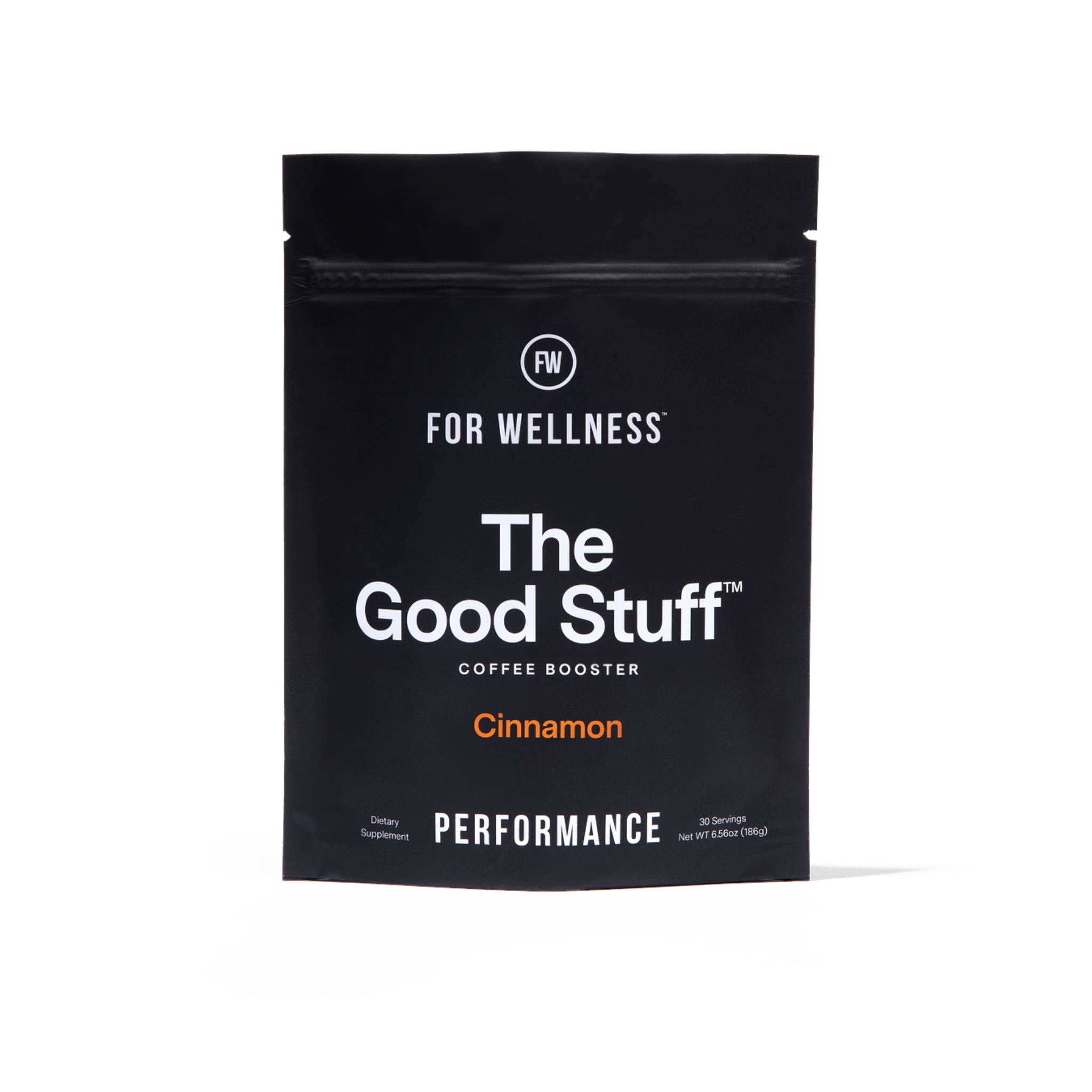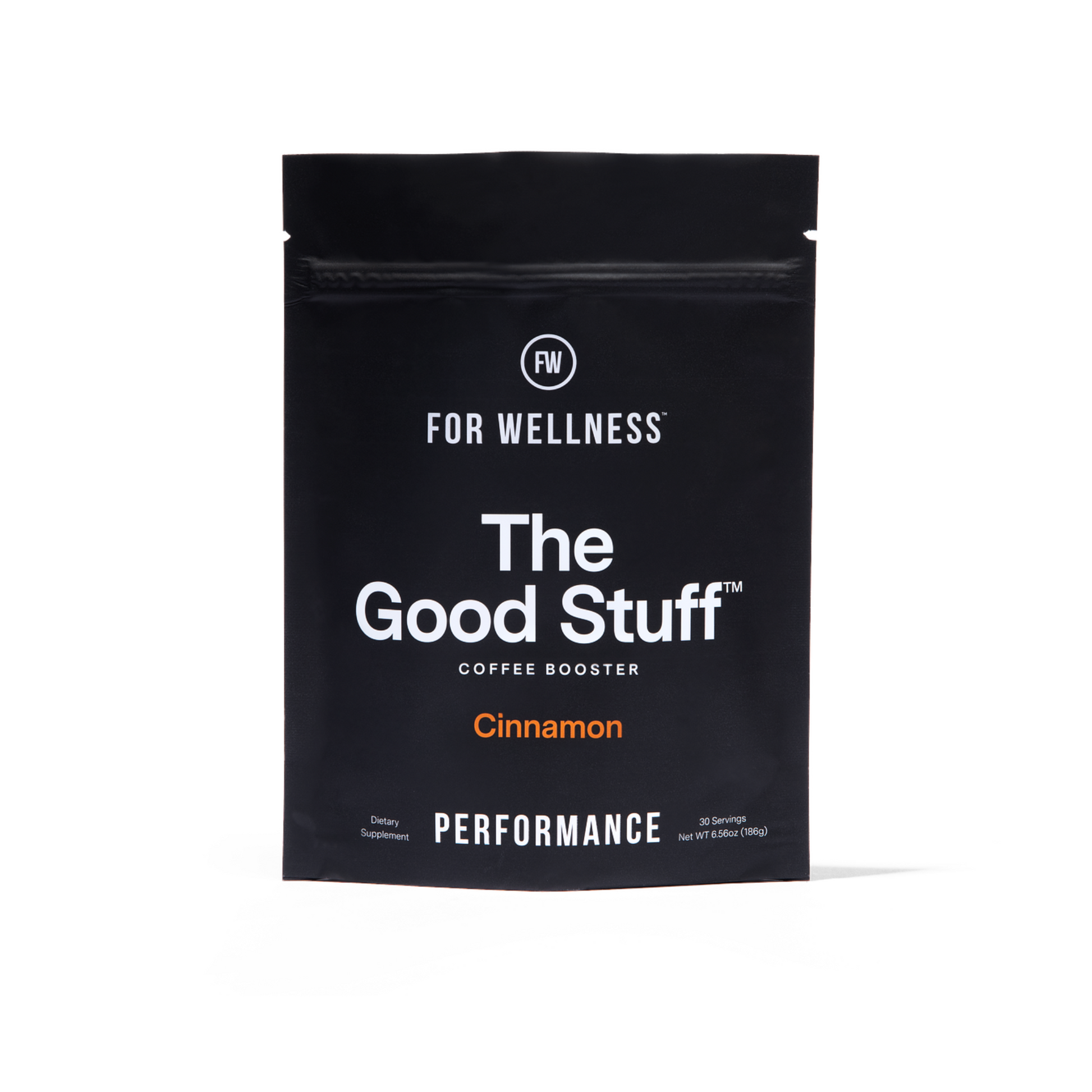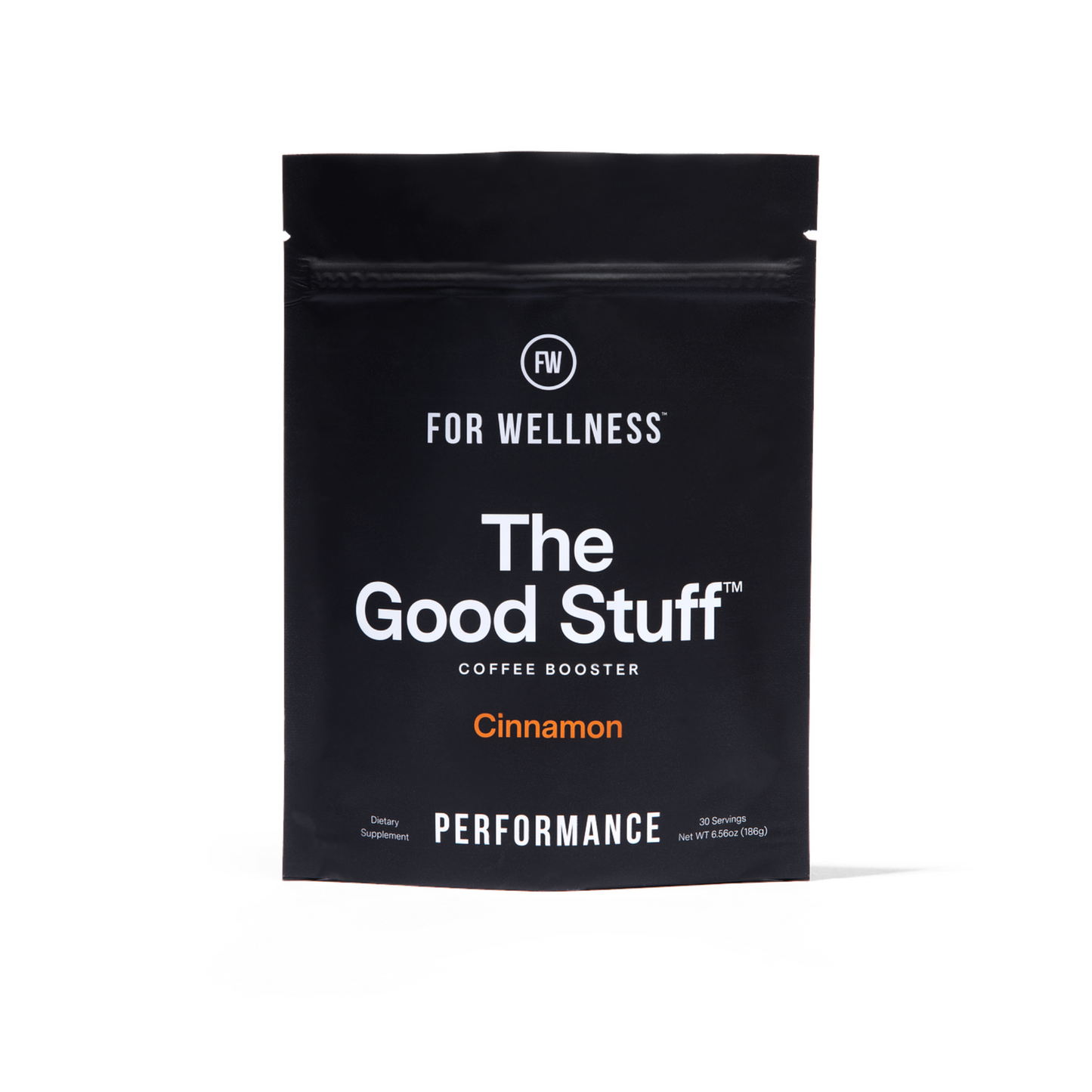You might've noticed a recent trend popping up, advertising coffee beans that are 'low acid' or easier on your stomach.
But is fair that the acid in coffee gets such a bad rap?
The truth is, coffee isn't nearly as acidic as you might think, with a pH of just 5. More importantly, acid is an incredible asset to coffee, and it's somewhat of a shame to see such an important element to any bean's flavor profile increasingly maligned.
Not only that, the difference between 'low acid' and regular coffees is not super significant. Most low acid coffee have a pH of around 5.7, whereas regular coffee's pH sits around 5; far less acidic than other drinks like orange juice and soft drink.
To make the case for acid in coffee, we've put together this article delving into the vital aspect that gives your cup its distinct personality.
Stick around as we debunk myths, uncover the benefits of coffee acidity, and guide you through enjoying a balanced and quality cup of coffee, acidity and all.


The Good Stuff - Performance
-
One scoop will infuse your coffee with healthy ingredients
-
Ditch the bad stuff like sugar, dairy, and artificial creamers
-
Fights inflammation and supports skin and joint health
-
Makes your coffee taste great
What Is Acidity in Coffee?
When most people hear the word 'acidity,' they might think of something harsh, sour, or even caustic. However, acidity is an entirely different story in the world of coffee.
Acidity doesn't refer to coffee's potential to cause acid reflux, but rather it describes the bright, tangy, sparkly, or crisp quality of a cup of coffee. Acidity in coffee is about flavor and not about science, which we'll delve into in the next section.
Types of Acids Found in Coffee
Believe it or not, coffee contains multiple types of acids, each contributing to its unique flavor profile.
Among them is citric acid, which you'll not be surprised to hear adds a hint of citrus. Malic acid creates notes of apple, and phosphoric acid provides a clean finish.
The Flavor Wheel
If you've ever been curious enough to look at a coffee flavor wheel, you'll see a broad spectrum of tastes and aromas. Acidity plays a significant role in this. It allows qualities like 'bright,' 'fruity,' or 'wine-like' to exist in your cup.
A coffee without enough acidity will likely taste flat, lifeless, or overly bitter. On the other hand, high-quality coffee often has a balanced level of acidity that lifts the overall experience.
The Science of Acidity: Not What You Think
When you hear the term "acidic," it's easy to jump to conclusions about what that means for your cup of coffee. However, the scientific basis of acidity is more nuanced than you might think.
The pH Scale and Coffee
You might remember the pH scale from your high school science class. It's a measurement system from zero to 14, where seven is neutral.
Anything lower is acidic, and anything higher is alkaline. Black coffee usually sits around a pH of 5, making it less acidic than many common beverages like orange juice or soda.
Acidity in Coffee is Not the Same as Being "Acidic"
In scientific terms, coffee isn't remarkably acidic. When coffee enthusiasts talk about "acidity," they're referring to specific flavor notes, not the beverage's position on the pH scale. It's a sensory term that describes qualities like brightness, sparkle, and clarity in the taste of the coffee.
So the next time someone talks to you about the acidity in coffee, remember that they are probably not referring to its scientific acidity level but rather its vibrant flavor profile.
The Bad Rap: Misconceptions About Coffee Acidity
When it comes to coffee, few topics generate as much confusion and debate as acidity. What most people don't realize is that a lot of what they've heard might not be entirely correct.
Let's debunk some myths and clear the air.
Myth 1: Acidity Causes Stomach Issues
One of the most enduring myths about coffee acidity is that it's the culprit behind stomach problems like acid reflux or ulcers. In reality, it's usually not the acidity but other factors like caffeine or the beverage's temperature that might irritate your stomach.
If you experience acid reflux symptoms after drinking coffee, consider switching to a cold brew, decaffeinated blend or a darker roast. Additionally, pairing your coffee with a small amount of food can stabilize your stomach and reduce the likelihood of experiencing reflux.
Myth 2: Acidity Equals Poor Quality
Some people mistakenly believe that acidity in coffee signals low-quality beans or poor brewing methods. However, the opposite is generally true: a balanced level of acidity is often a marker of high-quality, well-grown coffee beans.
The Truth: The Benefits of Coffee Acidity
There are several good reasons why acidity is your friend when enjoying a cup of java.
Complex Flavors: The Spice of Coffee Life
The complexity acidity brings to coffee is like the array of spices in a well-cooked meal, adding depth, nuance, and variety.
When you sip a coffee with the right level of acidity, you'll pick up bright notes that might remind you of citrus fruits, berries, or even wine. These flavor profiles are far from accidental! They result from carefully chosen coffee beans grown, harvested, and roasted to perfection.
Acidity allows each cup of coffee to tell a story, taking you on a journey through different landscapes, climates, and cultures.
The Antioxidant Boost: Acids You'd Want to Meet
We often talk about antioxidants as these magical compounds that do wonders for our health.
Coffee is loaded with them, many in the form of beneficial acids like chlorogenic acid. This particular acid is linked to numerous health benefits, including reduced blood pressure and aiding in weight loss.
While coffee shouldn't be your only source of antioxidants, it's good to know that your morning cup contributes to a healthier you. The acids present in coffee are not just for taste. They're beneficial compounds that help fight off free radicals and oxidative stress, contributing to your overall well-being.
A Marker for Quality Coffee
A well-balanced level of acidity is often an indicator of quality coffee. But why is this the case?
Coffee beans grown at higher altitudes tend to develop more acids.
The cooler temperatures and mineral-rich soils at high elevations contribute to a longer maturation period for the coffee cherries, allowing them to develop complex flavors.
When you taste coffee with a pleasant, lively acidity, it's often a sign that the beans were grown under optimal conditions, harvested at the right time, and skillfully roasted.
So, next time you enjoy a cup with a bright, crisp acidity, know that you are experiencing a product of meticulous craftsmanship and quality.
The Science of Brewing: Precision and Technique
Not all brewing methods were created equally, especially when showcasing acidity. Did you know that the water temperature and brewing time can also affect how acidity shows up in your cup?
For example, slightly cooler water in a pour-over can emphasize a coffee's brightness, while a longer steep time in a French press could mute it. If you'd prefer to limit the acid in your cup, go with a cold brew.
Beyond Roasting: The Maillard Reaction and Acidity
While it's known that lighter roasts generally preserve acidity, the Maillard reaction has its own impact. The Maillard reaction is the chemical reaction that occurs when we roast coffee.
When beans undergo this reaction, they develop hundreds of new flavor compounds. Some of these can interact with a bean's natural acids, creating unique flavors that amplify or balance the acidity.
Lighter roasts often retain more of the bean's original acidity, creating a zesty and vibrant cup. In contrast, darker roasts have less perceived acidity, thanks to the breakdown of acids during the roasting process.
This leads to a mellower cup, rich in chocolatey or nutty flavors.
Your Personal Coffee Journey: How to Recognize and Appreciate Quality Acidity
Acidity isn't just a term thrown around by coffee aficionados or baristas; it's a characteristic you can learn to identify and enjoy in your daily cup.
Here's how to deepen your appreciation and take your coffee journey to the next level.
Cupping: The Professional's Choice
Ever heard of cupping? It's what coffee professionals do to evaluate beans; you can try it at home. This method lets you taste coffee in its purest form, helping you recognize distinct acidity profiles.
You might discover that you enjoy the lively acidity of a Kenyan coffee over the mellow tones of a Brazilian blend.
Coffee Descriptions: Read Between the Lines
Many specialty coffee bags come with descriptions. Words like "bright," "crisp," or "winey" often hint at a higher level of acidity.
Pay attention to these descriptions the next time you're shopping for beans; they're your roadmap to a cup that suits your palate.
Trust Your Palate: You Know More Than You Think
You don't need to be a coffee expert to appreciate good acidity. If a coffee makes your taste buds dance and leaves a pleasant aftertaste, chances are you've hit the acidity jackpot.
Trusting your palate can be as informative as any expert guide.
Your Next Step: Choose Quality
The wonderful world of coffee is vast and varied, and now you're equipped with the knowledge to explore it like never before.
Whether you're new to the coffee game or a seasoned veteran, understanding the role of acidity in coffee can elevate your coffee experience from mundane to extraordinary.
Fortunately, we've done all the research for you to find the most flavorful beans.
For a more acidic blend, you'll love our light-bodied medium roast, and if you'd like something a bit smoother, give our chocolatey dark roast a go.













